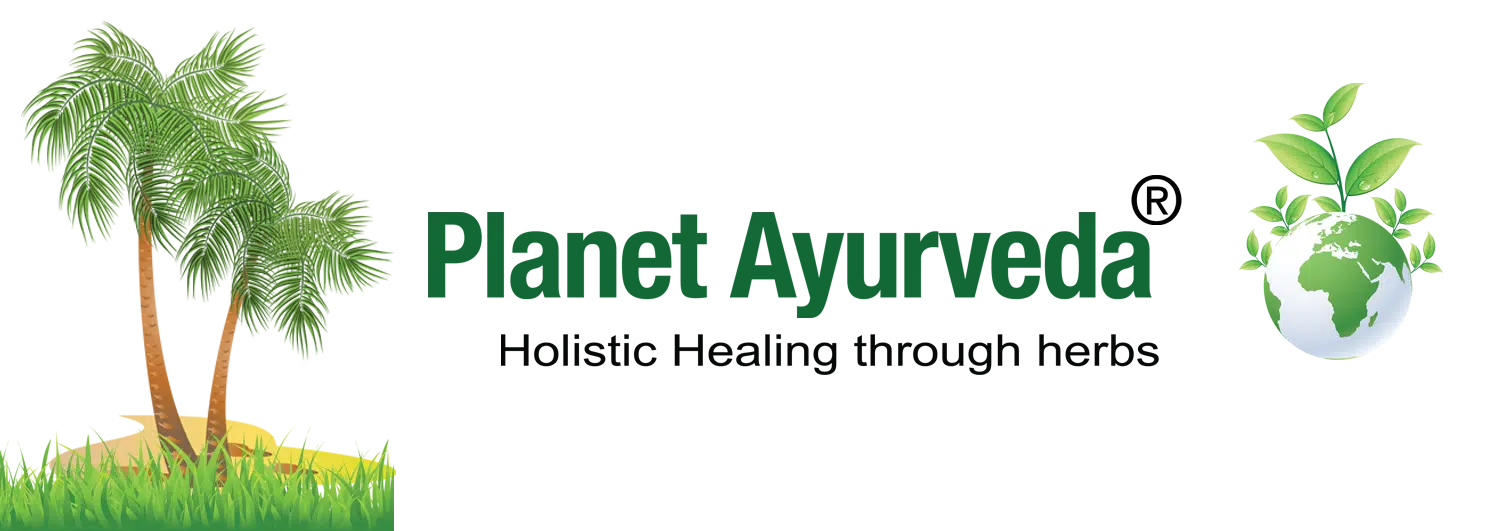Dhatryarishtam – Medicinal Properties, Ingredients, Indications, Dosage & More
धात्रीफलसहस्त्रे द्वे पीडयित्वा रसं भिषक्
क्षौद्राष्टभागं पिप्पल्याश्श्रूर्णार्द्धकुडवान्वितम् ॥११६ ॥
शर्करार्द्ध तुलोन्मिश्र पक्वं स्निग्धघटे स्थितम् ।
प्रपिबेत् पाण्डुरोगार्त्ता जीर्णं हितमिताशनः ॥११७॥
कामलापाण्डुहृद्रोगवातासृग्विषमज्वरान् कासहिक्काऽरुचिश्वासानेषोऽरिष्टः प्रणाशयेत् ॥११८॥
Reference
- Bhaishajya Ratnawali Pandurogadhikara 12/116-117
- Ayurveda Saar Sangraha/Asavarishta prakaran/Page no. 742
Abstract
Anemia is a widespread clinical condition affecting over 1.6 billion individuals globally, with iron-deficiency anemia being the most common type, especially among women, children, and the elderly. In Ayurveda, this condition can be correlated to Pandu Roga (anemia), which occurs due to the vitiation of Pitta (fire element) and Vata (air element), leading to Rakta Dhatu Kshaya (depletion of blood tissue). Ayurveda emphasizes treating such disorders not only by supplementing deficiencies but by correcting the root causes. Dhatryarishtam improves Agni, enhances nutrient absorption, stimulates the liver, and replenishes the depleted Dhatus (body tissues). Its regular use not only improves hemoglobin levels but also helps in associated symptoms like Aruchi (loss of taste), Bhrama (giddiness), and Daurbalya (weakness). This formulation also plays a beneficial role in disorders like Kamala (jaundice) and Hridroga (cardiac debility).
Introduction
Dhatryarishtam is a classical Arishta Kalpana (herbal fermented formulation) mainly indicated in the management of Pandu Roga (anemia). In Ayurvedic science, such a condition is broadly covered under Pandu Roga (Anemia). The Nidana (causative factors) include Ahara-ajirna (indigestion of food), Viruddha Ahara (incompatible foods), and Raktapradaradi Vyadhi (excessive blood loss due to diseases like menorrhagia). All these factors lead to Agnimandya (weakened digestive fire), which results in poor Rasa Dhatu utpatti (formation of the first tissue, plasma) and subsequently weak Rakta Dhatu (blood tissue). According to Ayurvedic pathophysiology, in Pandu Roga, the Pitta Dosha gets aggravated and burns the Rasa Dhatu, preventing proper transformation into Rakta Dhatu. This causes Shwetaata (pallor), Daurbalya (weakness), and Aruchi (loss of appetite). Dhatryarishtam has been mentioned in classical treatises as a Raktavardhaka Yoga (blood-enriching formulation).
Ingredients
1. Kwath Dravya (Decoction Base)
- Dhatri/Amalaki (Emblica officinalis) – 2000
2. Sandhanakaraka (Fermentation Catalyst)
- Madhu (Honey) – ⅛ part of the total juice quantity
- Shakara (Sugar) – 2.5 seers (approx. 1.25 kg)
3. Prakshep Dravya (Herbs For Fermentation)
- Pippali churan (Piper longum) – 8 tola (approx. 96 grams)
Description of Ingredients
1. Dhatri/Amalaki (Emblica officinalis)
It is the principal ingredient in Dhatryarishtam. It is known for its Rasayana (rejuvenative) and Raktavardhaka (blood-enhancing) properties, which help nourish all seven Dhatus (tissues) and directly support healthy red blood cell production. It is Tridoshaghna (pacifies all three doshas), with a special action on Pitta and Vata, which are the primary doshas involved in Pandu Roga (Anemia). The Sheeta Veerya (cooling potency) of Amalaki reduces internal heat, burning sensation, and irritability. The fruit’s naturally high vitamin C content enhances iron absorption in the intestines, effectively correcting symptoms like pallor, weakness, fatigue, and dizziness. It also acts as a Yakrit-Uttejaka (liver stimulant), which improves bile secretion and digestion, thus aiding in the treatment of Kamala (jaundice). The antioxidant-rich profile, primarily due to Vitamin C and Emblicanin A & B, promotes hemopoiesis (blood formation).
2. Pippali churna (Piper longum)
It is included in Dhatryarishtam in powdered form as a Prakshep Dravya (post-fermentation additive). It is classically recognized for its Agnideepaka (digestive fire-stimulating), Srotoshodhaka (microchannel-cleansing), and Vatanulomaka (Vata-regulating) properties. By improving the digestion, it promotes the assimilation of iron and other micronutrients essential for Rakta Dhatu utpatti (formation of blood tissue). The active constituent piperine is a well-studied bioenhancer. It increases the bioavailability of several drugs and nutrients, including iron, vitamin C, and folic acid.
3. Madhu (Honey)
It functions as a Sandhanakara Dravya (fermentation facilitator) and a Yogavahi (bio-enhancing carrier) in the formulation. Being Laghu (light to digest), Ruksha (drying), and Sukshma (subtle), it traverses the srotas (channels) efficiently and delivers the active principles deep into the affected dhatus (tissues). Honey contains potent antioxidants such as flavonoids and phenolic acids, which neutralize free radicals and reduce oxidative stress, a contributing factor in chronic inflammation, anemia, cardiovascular diseases, and immune dysfunction.
4. Shakara (Sugar)
It aids in Sandhana (fermentation) to generate a small amount of Sambhava Sura (naturally formed alcohol), which enhances Veerya (potency) and Sookshmatva (subtle action) of the formulation. This subtlety allows the formulation to reach even Avyaktavyadhi sthanas (deep pathological sites). Sugar is classified in Ayurvedic texts as Balya (strength-promoting) and Pushtikara (nourishing), especially for those with Daurbalya (general weakness) and Klama (fatigue) as seen in chronic Pandu (Anemia).
Method of Preparation
- Collect 2000 well-ripened Amalaki (Emblica officinalis) fruits and crush them to extract the fresh juice.
- Add ⅛ part Madhu (honey), Pippali churan (Piper longum) – 8 tola (approx. 96 grams), and Sugar – 2.5 seers (approx. 1.25 kg) to the extracted juice.
- Mix the ingredients thoroughly and pour the mixture into a clean, dry earthen or glass vessel
- Seal the mouth of the vessel properly and store it in a warm place for 15 days to allow Sandhāna (fermentation) to occur naturally.
- After the fermentation process completes, decant the upper clear liquid and filter it using a clean muslin cloth.
- Store the filtered liquid in clean, airtight bottles for future use.
Medicinal Properties
- Raktavardhaka (Enhances red blood cells)
- Yakrit-Uttejaka (Liver stimulant)
- Agnidipaka (Digestive stimulant)
- Pittashamaka (Pitta pacifier)
- Rasayana (Rejuvenative)
- Tridosh hara (Pacifies all three doṣas, primarily Pitta and Vāta)
- Kasahara (Relieves cough)
- Swasahara (Alleviates breathlessness)
Classical Indication
Pandu (Anemia)
Indications
- Pandu (Anemia)
- Kamala (Jaundice)
- Hridroga (Heart diseases)
- Vatarakta (Gout or joint pain due to Vata imbalance)
- Vishamajwara (Chronic and irregular fevers)
- Kasa (Cough)
- Hikka (Hiccup)
- Aruchi (Loss of appetite)
- Shwasa (Breathing difficulty / Dyspnea)
Dosage
1 to 2 Tola (approx. 10 to 20 ml), twice daily after meals, mixed with an equal quantity of water.
Contraindication
Generally safe for all age groups when taken in the prescribed dose; however, it should be used with caution in diabetic patients due to its sugar content.
Conclusion
Dhatryarishtam is an effective Ayurvedic formulation for Pandu Roga, which addresses the root cause of the disease by correcting Agni Dushti (digestive impairment) and improving Rakta Dhatu poshana (nourishment of blood tissue). It helps restore strength, improve complexion, and reduce symptoms like Shwasa (breathlessness), Bhrama (giddiness), and Klama (tiredness). As a Rasayana, it also rejuvenates the body and improves overall vitality. In clinical use, it can be administered in Mandagni (poor digestion), Kamala (jaundice), and Hridroga (cardiac fatigue), showing comprehensive benefits in systemic weakness. Thus, Dhatryarishtam, being Pitta-Vatahara (pacifying Pitta and Vata), Raktavardhaka (enhancing blood formation), and Agni-Deepaka (stimulating digestive fire), stands as an ideal formulation for long-term management of anemia in Ayurvedic practice.



